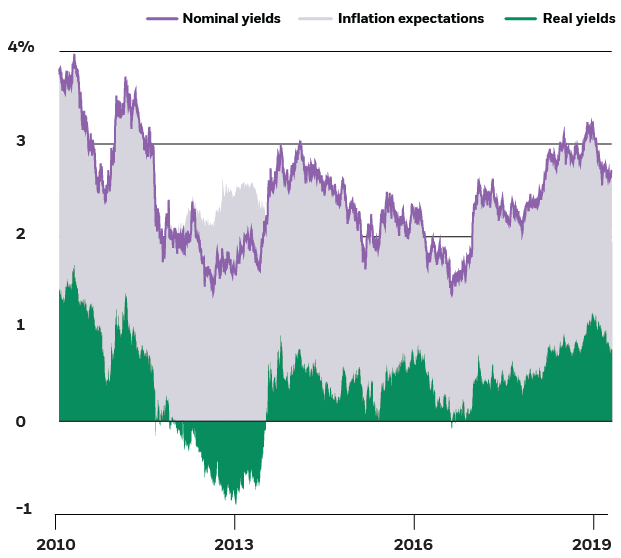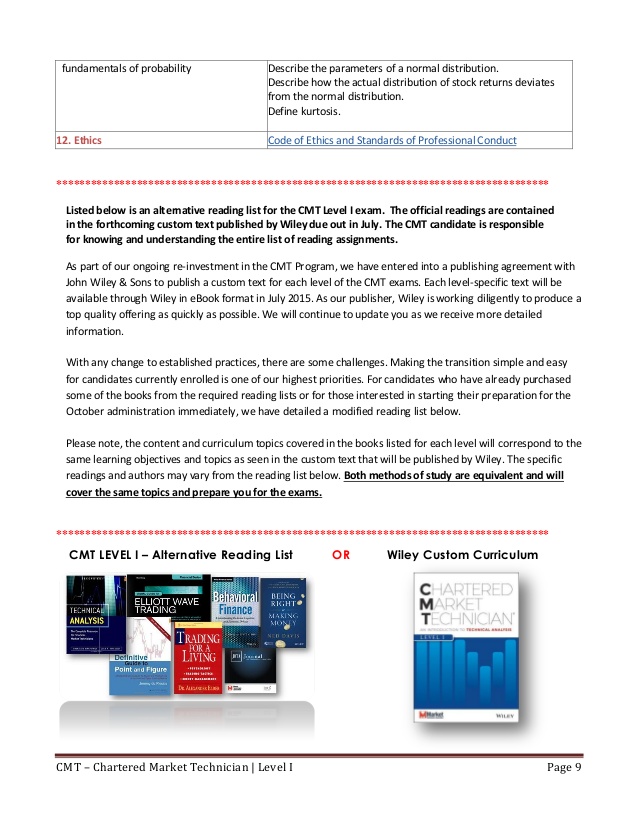
The power spectra in intermediate states can show dramatic changes in between observations, with QPOs and broad-band components changing in both frequency and amplitude. On longer time-scales there is not the equivalent stationarity in power spectral shapes observed within a single observation; therefore, the long-term relationship in these states is not representative of that observed on short time-scales. In contrast, evolution of the power spectra within the hard state occurs mainly below the 1–10 Hz range and although the shape does not remain completely stationary, it is more suitable for comparison with the short-term rms–flux relation. We have utilized data from the RXTE archive for the nine BHBs given in Table 1 taken by the Proportional Counter Array (PCA) until 2010 May.
The Mass Item Change Rejection report lists those changes that are rejected by the system and why the request could not be completed. Futures, foreign currency and options trading contains substantial risk and is not for every investor. An investor could potentially lose all or more than the initial investment. Risk capital is money that can be lost without jeopardizing one’s financial security or lifestyle.
GDS Online Engagement Schedule-II, (July), 2023 – Descriptive … – Staff News
GDS Online Engagement Schedule-II, (July), 2023 – Descriptive ….
Posted: Thu, 03 Aug 2023 16:06:09 GMT [source]
1 illustrates observations of the rms–flux relation across a range of different states and sources, from the low hard to an anomalous soft state. A large sample of observations from nine transient BHBs has been tested for a linear rms–flux relation. HID (left-hand panel) and RID (right-hand panel) for all observations of GX 339−4.
Viewing Stock Order Pick List Report
The ‘good’ observations are shown with red symbols, and black symbols indicate the data (mostly soft states) with rms below our threshold for rms–flux analysis. This is different from the prescription used by Gleissner et al. (2004). Their formula is only valid when the power is the same in all frequency bins, i.e. locally white noise. When this is not the case, e.g. when most of the power comes from a few dominant frequencies (strong power laws or peaked QPOs), both the power estimate and the variance on the power estimate are dominated by the frequencies that contribute the most power. One way to see this is to consider adding more frequencies that contribute negligible power to the sum.
- Their formula is only valid when the power is the same in all frequency bins, i.e. locally white noise.
- The Letter of Credit Details report displays the details of a given letter of credit.
- In general the data were found to agree with the assumed linear model, with the majority of discrepant observations due to data at low count rates and/or with low fractional rms.
For this reason a limit of 3 per cent fractional rms was imposed, observations where the fractional rms is less than this within the frequency band were discarded. Most observations with count rates lower than 100 counts s−1 PCU−1 are typically observed in a hard state where the fractional rms is higher than 10 per cent (see e.g. Remillard & McClintock 2006) and so are less strongly affected by this limit. However, in a standard soft state the variability often drops below the required 3 per cent fractional rms level, so even though the count rate is high few observations of sources in this state are included in the following analysis. In a similar manner to Gleissner et al. (2004), the long-term rms–flux relation is plotted for all of the sources in the sample by taking the mean rms and flux values for each observation in the 1–10 Hz band. The rms–flux relation measured within each observation relies on the PSD remaining the same shape in the 1–10 Hz frequency band.
A ‘good’ rms–flux relation as defined by the criteria set out in Section 2.4 was observed in 634 of these observations. 4 shows the evolution of the hardness ratio, fractional rms, gradient (k) and intercept (Cfrac) for sources with the largest number of good observations. The flux intercept is again shown as a fraction of the mean count rate, allowing for comparison between different sources and different states of the same source. Although the short-term relation has been studied in many observations of Cyg X-1 and a few other selected BHBs, it has not been consistently observed in the full range of states exhibited by transient sources. The rms–flux relation may be ubiquitously present in all states, or alternatively the relation may not be seen in a particular state suggesting that there is something essentially different in the nature of the accretion flow in between the states. In order to test the ubiquity of the rms–flux relation in BHBs we have utilized the full range of data from nine BHBs in the RXTE archive.
Welcome to Accounting Education
Observations where a positive rms–flux correlation was not found were inspected individually. Non-stationarity of the power spectrum within an observation can cause a ‘wavy’ rather than a linear rms–flux relation to be observed, such as those shown in fig. 1(e); there is a lower flux segment of time series within this observation where the rms–flux relation is slightly flatter due to which the lowest flux bin has a slightly higher rms when compared to the other bins.

Lines of constant fractional intercept are diagonal in the plots presented by Muñoz-Darias et al. (2011) and vertical here. The RID and the HID do not have identical shapes (although the mapping between the two is very close). Some features are not present in both plots – for example, the RIDs for both GX 339−4 and XTE J1550−564 show separate paths in the RID which are not apparent in the HID. In the case of GX 339−4, as described in Muñoz-Darias et al. (2011), the start of the outburst and return to quiescence are along separate paths in the RID (see Fig. 6) although they appear to merge as the source fades.
Viewing Fixed Deal Transaction Data Report
4 we show an altered version of this new diagram – the rms–intensity diagram (RID) – the natural variability counterpart to the HID, which shows the intensity against fractional rms amplitude as discussed in Muñoz-Darias et al. (2011). The RID is of course very similar to the long-term rms–flux plot in Fig. 3, indeed it is simply a geometric transformation of that plot and contains the same information. Muñoz-Darias et al. (2011) clearly demonstrate that the position on the RID is related directly to the source state in GX 339−4. This demonstrates that variability is every bit as strong an indicator (or diagnostic) of outburst evolution and states as is the energy spectrum. The state of a source is usually identified based on a combination of its luminosity, timing properties (the power spectrum) and energy spectrum.

In the three hard outbursts, XTE J1550−564 rises and decays along very similar paths of fractional rms. One property which appears to be common to many accreting compact objects is a linear relationship between the rms variability of a source and the count rate. Optical observations of three BHBs in the low hard state have also shown the rms–flux relation (Gandhi 2009). The range of compact objects from which this relationship has now been observed is striking and suggests that it could be a ubiquitous property of luminous accretion flows. Before this can be established it needs to be observed in a much wider range of sources and observations.
Viewing Order Details Report
This research has made use of data obtained from the High Energy Astrophysics Science Archive Research Center (HEASARC), provided by NASA’s Goddard Space Flight Center. The Open Stock Orders report shows information about open transfers and allocations that have been shipped. Optionally, the report can include information about transfers and allocations that have been approved but not yet shipped.
Log-normal flux distributions have been observed from various BHBs and AGN (see e.g. Gaskell 2004; Uttley et al. 2005; Giebels & Degrange 2009). The apparent ubiquity of the rms–flux relation in the broad-band noise within observations of these black holes implies that the coupling of variability over all time-scales is common to the accretion process in all states. Hardness ratio, fractional rms, gradient and intercept versus count rate for four sources. Points below 3 per cent fractional rms are excluded from the analysis.
NT is an affiliated company to NinjaTrader Brokerage (NTB), which is a NFA registered introducing broker (NFA # ) providing brokerage services to traders of futures and foreign exchange products. This website is intended for educational and informational purposes only and should not be viewed as a solicitation or recommendation of any product, service or trading strategy. Specific questions related to a brokerage account should be sent to your broker directly.
These shifts, which have in these cases still produced strong, positively correlated, linear rms–flux relations, demonstrate the importance of careful analysis of the power spectra when measuring the rms–flux relation. Small differences in the shape of the PSD, whilst not always drawing it away from linearity, may artificially alter the gradient and thus the intercept of the observed rms–flux relation. In general the data were found to agree with the assumed linear model, with the majority of discrepant observations due to data at low count rates and/or with low fractional rms. Assuming a background rate of approximately 7 counts s−1 PCU−1 and a count rate of 100 counts s−1 PCU−1, the fractional rms of the Poisson noise level is 2.14 per cent. Although this level drops rapidly as the count rate increases, a significant amount of power above the noise is required to satisfactorily measure the rms.

The analysis was limited to those observations taken in either binned, single bit or event modes; observations with no data in any of these modes have been excluded from the data set. If observations were made with some or all of these modes in the energy range required, then binned or event mode data were used in preference to single bit mode to allow finer control over the energy range selection. We have also excluded observations without a file in Standard 2 mode, as these data were used for the background subtraction (this mainly applies to a few observations taken when there were problems with the hardware on RXTE). Proposal identifiers with fewer than six observations are also excluded from the data set.
The most important single diagram currently in use for diagnosing and tracking the evolution of states is the hardness–intensity diagram (HID). The HID itself is a powerful tool based on only the source intensity (in a particular X-ray band) and a very crude indicator order rejected by rms of the energy spectral shape, with no explicit dependence on timing properties. But as discussed in McClintock & Remillard (2006) and Belloni (2010) the timing properties of these objects evolve as clearly, if not more clearly than the energy spectral properties do.
Is This Small Town Community Center Maine’s Most Haunted Spot? – b985.fm
Is This Small Town Community Center Maine’s Most Haunted Spot?.
Posted: Fri, 04 Aug 2023 12:43:13 GMT [source]
Consequently, the observations are not evenly sampled in time but do represent a range of states for each source. Due to problems caused by a strong quasi-periodic oscillation (QPO – discussed in Section 3.3) most observations from the 1998 outburst of XTE J1550−564 are excluded from the sample (Heil et al. 2011). Plotting k and Cfrac against count rate reveals clear state dependence when compared to both the HID and RID (see Fig. 4). The RID shown here is similar to those first presented in Muñoz-Darias et al. (2011) and Motta et al. (2011), in this case however the x-axis is , not simply . 5 shows all observations of GX 339−4 processed for this work with those used in the analysis marked in red.
A regularly scheduled batch program deletes records that you have marked for deletion. Some records may not be deleted if the system determines that the record is still in use in RMS. If an item is marked for deletion the dlyprg.pc program checks that the item was not put on order later in the day. If the relations are found to exist, a record is written to an error table (DAILY_PURGE_ERROR_LOG). “KYC is one time exercise while dealing in securities markets – once KYC is done through a SEBI registered intermediary (broke, DP, Mutual Fund etc.), you need not undergo Me same pro-cess again when you approach another intermediary.”


